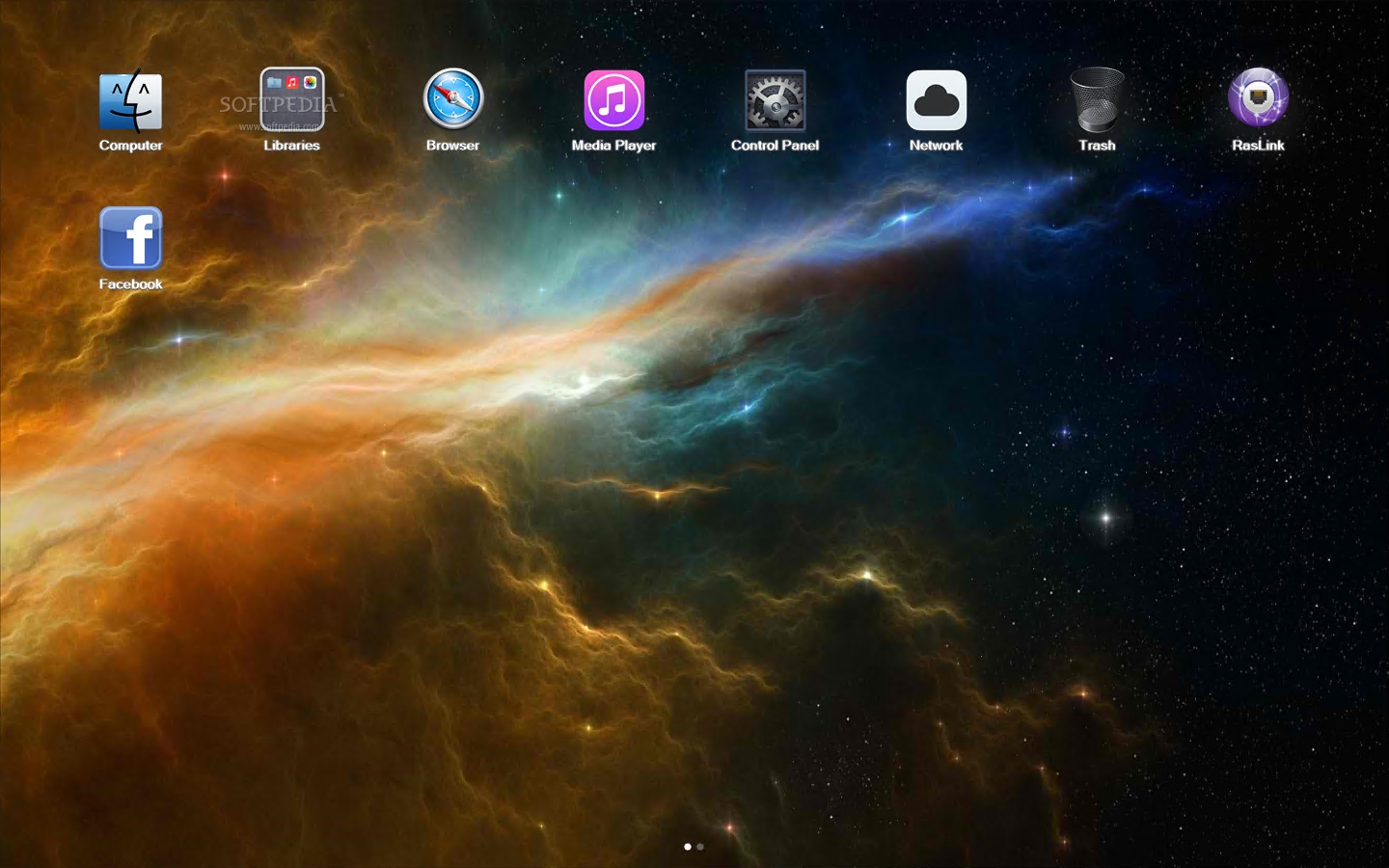
- MAC OS APP STORYMILL FOR MAC OS X
- MAC OS APP STORYMILL INSTALL
- MAC OS APP STORYMILL UPDATE
- MAC OS APP STORYMILL SOFTWARE
- MAC OS APP STORYMILL CODE
MAC OS APP STORYMILL FOR MAC OS X
The "X" logo for Mac OS X versions 10.0 "Cheetah" and 10.1 "Puma", released in 2001 Desktop The system was considered user-friendly, but its architectural limitations were critiqued, such as limited memory management, lack of protected memory and access controls, and susceptibility to conflicts among extensions. Later updates to the System 7 enable the transition to the PowerPC architecture. System 7 supports 32-bit memory addressing and virtual memory, allowing larger programs.

System 5 introduced cooperative multitasking.
MAC OS APP STORYMILL SOFTWARE
Initial versions of the System Software run one application at a time. Ĭlassic Mac OS is characterized by its monolithic design. It was originally named "System Software", or simply "System" Apple rebranded it as "Mac OS" in 1996 due in part to its Macintosh clone program that ended a year later. Īpple released the original Macintosh on Januits early system software was partially based on the Lisa OS and the Xerox PARC Alto computer, which former Apple CEO Steve Jobs previewed. The "classic" Mac OS is the original Macintosh operating system that was introduced in 1984 alongside the first Macintosh and remained in primary use on Macs until the introduction of Mac OS X in 2001.
MAC OS APP STORYMILL CODE
Apple's effort to expand upon and develop a replacement for its classic Mac OS in the 1990s led to a few cancelled projects, code named Star Trek, Taligent, and Copland.Īlthough they have different architectures, the Macintosh operating systems share a common set of GUI principles, including a menu bar across the top of the screen the Finder shell, featuring a desktop metaphor that represents files and applications using icons and relates concepts like directories and file deletion to real-world objects like folders and a trash can and overlapping windows for multitasking. Prior to the introduction of Mac OS X, Apple experimented with several other concepts, releasing different products designed to bring the Macintosh interface or applications to Unix-like systems or vice versa, A/UX, MAE, and MkLinux. It is the basis of Apple's current system software for its other devices – iOS, iPadOS, watchOS, and tvOS.

MAC OS APP STORYMILL UPDATE
The current macOS is preinstalled with every Mac and receives a major update annually. Developed between 19 after Apple's purchase of NeXT, Mac OS X brought an entirely new architecture based on NeXTSTEP, a Unix system, that eliminated many of the technical challenges that the classic Mac OS faced. The current Mac operating system is macOS, originally named "Mac OS X" until 2012 and then "OS X" until 2016. Noted for its ease of use, it was also criticized for its lack of modern technologies compared to its competitors. The system, rebranded "Mac OS" in 1996, was preinstalled on every Macintosh until 2002 and offered on Macintosh clones for a short time in the 1990s. In 1984, Apple debuted the operating system that is now known as the "Classic" Mac OS with its release of the original Macintosh System Software. includes the graphical user interface-based operating systems it has designed for use with its Macintosh series of personal computers since 1984, as well as the related system software it once created for compatible third-party systems. The family of Macintosh operating systems developed by Apple Inc. Click through from here if you want to show me a little love, or just visit MacUpdate on your own if you hate affiliate links in your soul.The original Macintosh System Software and Finder, released in 1984 FYI: the MacUpdate link in this post is an affiliate link because while I would have recommended this bundle anyway, I’d love it if someday Tagamac at least paid for its hosting costs. Most surprising is that more than 50% of the apps are worth buying (normally with these bundles two or three are worthwhile and the rest are all fluff). Assuming the bundle sells well enough to unlock all ten apps, you’ll be getting $474.76 worth of software for $65. Leap in particular is probably the best file system tagging solution available, and StoryMill is my favorite creative writing software (and uses tagging for its primary organization). I highly recommend the MacUpdate promo bundle if only for Leap and StoryMill.

MAC OS APP STORYMILL INSTALL
And MenuCalendarClock iCal is one of those apps that you’ll install and forget it’s there because its functionality should have been written into the OS. The apps that become unlocked if the bundle does well are also extremely appealing (Sound Studio and Parallels Desktop are both apps that I use myself). This bundle is a surprisingly good one, and includes a number of useful tagging applications including Leap, StoryMill, and Hazel. Today the MacUpdate “Parallels” Promo was launched.


 0 kommentar(er)
0 kommentar(er)
